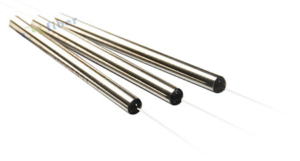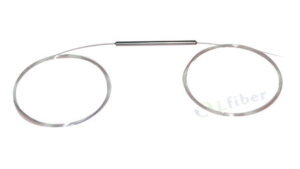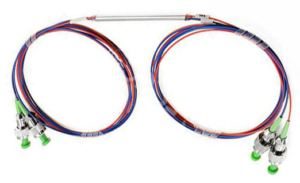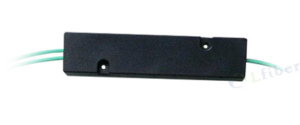A fiber optical coupler (splitter/combiner) route signals to their appropriate destination by splitting, combining or tapping optical signals/channels in a fiber transmission link. Employing a unique fiber fusing process, Lfiber is now able to fabricate and offer a wide variety of fiber optic couplers with different requirements (fiber types, operating wavelengths, power handling, connector types, package sizes, etc.).




Single Mode Fiber Coupler (Optical Splitter)
1310nm 1550nm Standard Single Mode Coupler
1310/1550nm Dual Window Ultra Wideband Coupler
1310/1490/1550nm Three Window Optical Coupler
1260~1620nm Full Range Wavelength Independent Coupler
Single Mode Fiber Wideband Coupler (980nm, 1310nm, 1550nm, C band, L band, or C+L Band)
Single Mode Visible Wavelength Fiber Coupler (400~700nm Visible Light Optical Splitter)
Infrared Wavelength Fiber Coupler (780~2000nm Single Mode Narrowband Special Wavelength Coupler)
Multimode and Large Core Fiber Coupler (Optical Splitter/Combiner)
1×2 (2×2) Mode-insensitive Multimode Fiber Coupler (Optical Splitter)
N×M Monolithic Multimode Optical Splitter (OM1/OM2/OM3/OM4 Fiber Coupler)
Large Core Fiber Splitter (UV-VIS-NIR Multimode Fiber Optic Coupler)
Large Core Fiber Combiner (UV-VIS-NIR Optical Power Combiner)
For product customization or special requirement, please contact our sales representatives.